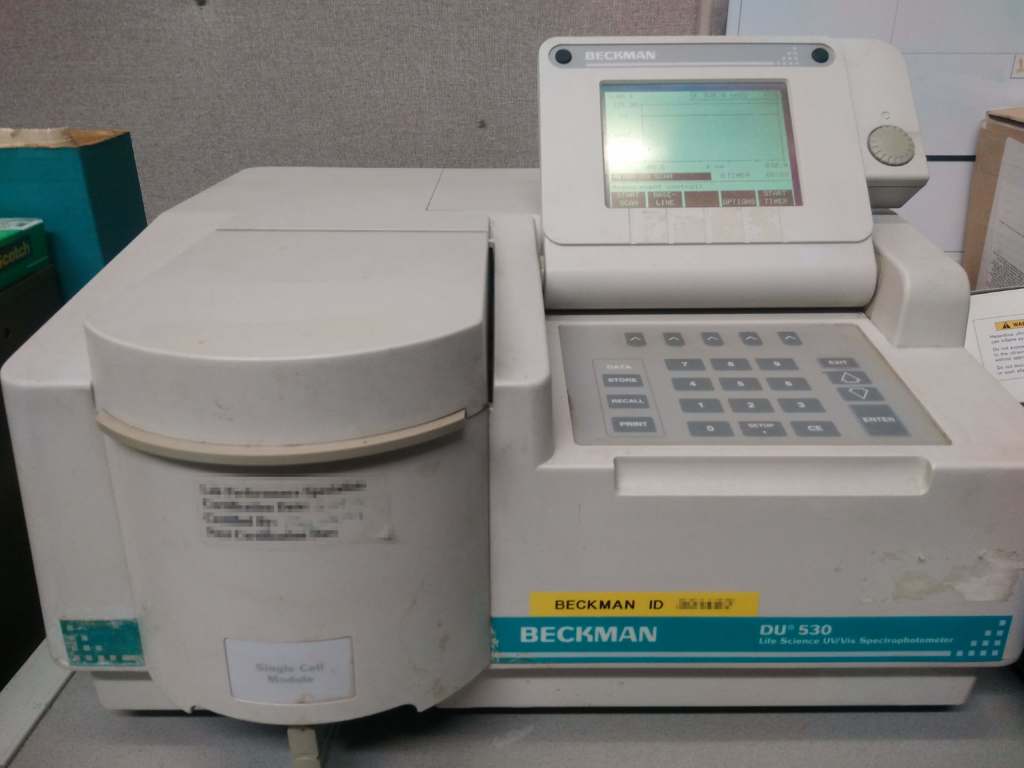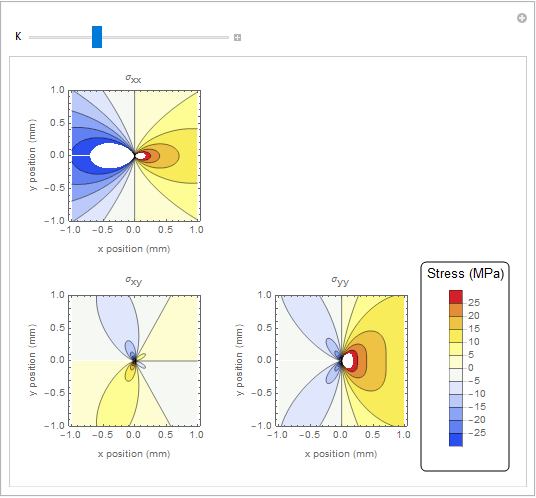This is the story about how a combination of a simple color experiment and limited resources prompted me to design a new experiment and analysis for the lab where I worked. What started as a simple fuel test turned into a project that taught me a great deal about how humans perceive light and color.
The Problem
Suppose you work in a laboratory, and your clients want you to to grade the color of some fuel specimens. They specify that you are supposed to assign a number to the fuel from 1 to 8 ranging from a pale yellow (1), red (4) or nearly black (8), and various shades and numbers in between. Well, it’s good to have clients, and the test sounds simple enough. Great!
But we can’t just eyeball that measurement, and the standard method calls for equipment you don’t have. The lab has limited resources, and you can’t seem to talk your boss into buying the parts you need or turning the clients down. So what do you do?
Opportunity
The standard methods of getting a color measurement require either visual matching to a reference material using a standard light source or use of a specialized piece of equipment. However, visual matching does not leave a quantitative record of the measurement, and we lacked the resources to acquire a specialized instrument. Furthermore, it would be advantageous to analyze colors that fell outside the narrowly-defined yellow-red-black range.
Maybe there was a way to get a measurement that was not only documentable, calibratable, and reproducible, but arguably better than the standard method of visually comparing the specimen to a piece of reference glass!
I found two key resources that would help me escape my conundrum:
- The lab had an old, out-of-commission UV/Vis spectrophotometer.
- ASTM D1500 provides the RGB color values for the different color numbers of specimens observed using a standard light source.

So maybe I could get that spectrophotometer working, convert its output to RGB color values, and match it to the nearest standard color number! Then I would have a quantitative record and the capability to identify colors outside of the standard’s yellow-red-black palette.
The Challenge
So I had a path towards a method that I could feel good putting in front of a client.
- Bring the defunct UV/Vis back to life.
- Find a way to transfer the UV/Vis spectra to a computer.
- Convert a continuous spectrum to RGB space.
- Match the RGB coordinates to their nearest standardized color value.
Step 3 is where I will focus this series of blog posts because working on the spectrum → RGB conversion taught me a great deal about human vision and color perception. After all, how does the human eye really perceive the visible spectrum? How is it that we take just red, green, and blue light and still create what appears to be the entire spectrum of visible electromagnetic radiation? How can we convert a continuous spectrum to those 3 color channels?
The next post will get to the heart of the problem: How the continuous visible spectrum relates to the red, green, and blue color channels that humans use in our cameras and displays.










